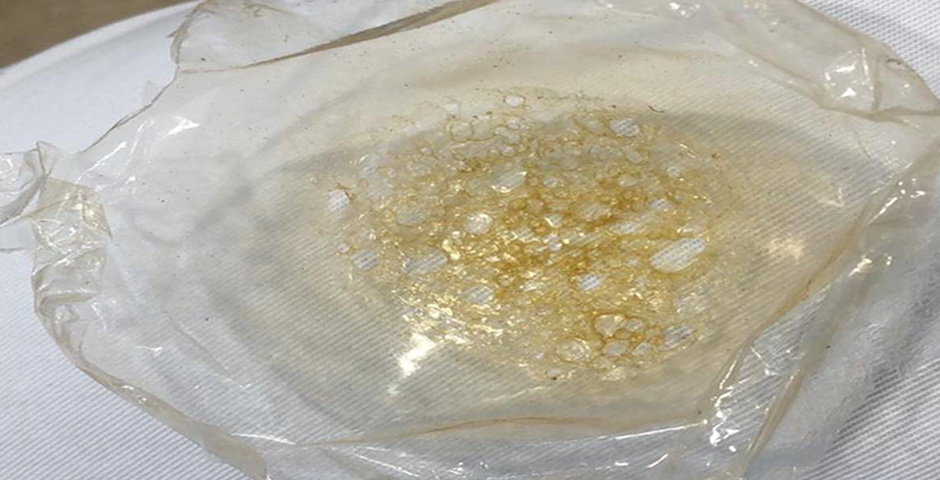Sewage and industrial wastewater often contain many valuable substances that can be used as raw materials for biobased products. However, this potential is currently not or hardly used, resulting in loss of valuable materials. The INTERREG NWE project WOW! looks into the possibilities to create sustainable value chains from sewage water using these valuable substances. One of the value chains under investigation is the production of PHA (polyhydroxyalkanoates), a fully biodegradable bioplastic.
WOW! focuses on the production, extraction and application of PHA. PHA can be produced by bacteria that are often already present in secondary sludge from sewage treatment plants. These bacteria can convert fatty acids into PHA under the right conditions. The PHA is then stored in the bacterial cell as a spare energy source. The fatty acids required for the accumulation of PHA may already be present in sewage or can be produced by partially fermenting the primary sludge from the sewage treatment plant. At the Center of Expertise Biobased Economy (CoE BBE) of Avans Hogeschool, in collaboration with the University of Kaiserslautern and Wupperverbandsgesellschaft für integrale Wasserwirtschaft, we are looking at ways to improve the efficiency and stabilization of this PHA production process. Tests are also carried out on the composition and properties of PHA, such as strength, flexibility and colour.
Green extraction method
After production, PHA must be extracted from the bacterial cells before it can be used. A green extraction method has been developed for this at CoE BBE. This method uses dimethyl carbonate, a non-harmful solvent that can also be reused in the extraction process. By looking at different extraction times and different biomass - solvent ratios, it was possible to increase the overall purity of the extracted PHA from 91.2 ± 0.1% to 98.0 ± 0.1%. The purity partly determines the application possibilities of the PHA.
Agricultural film and tree clips
In the second half of 2020, the extraction of PHA will be tested on a pilot scale in collaboration with Wetsus. The intention is to produce 10-20 kg of PHA. This PHA is then tested by Natureplast in promising applications. Because for the time being the production costs of PHA will be higher than for conventional plastics from petroleum, these opportunities lie mainly in applications where (rapid) degradability offers added value. These are generally one-off applications where collection and / or reuse are difficult or expensive. Think of agricultural foil for, for example, asparagus cultivation or tree clips that are used when planting or growing trees.
Read the full article here: Optimization of Green Extraction and Purification of PHA Produced by Mixed Microbial Cultures from Sludge
Figure 1: schematic overview of production and extraction of PHA
Figure 2: example of PHA after extraction with dimethyl carbonate


